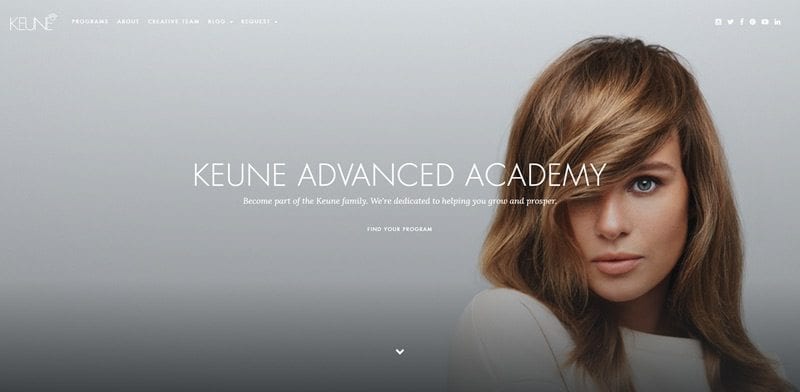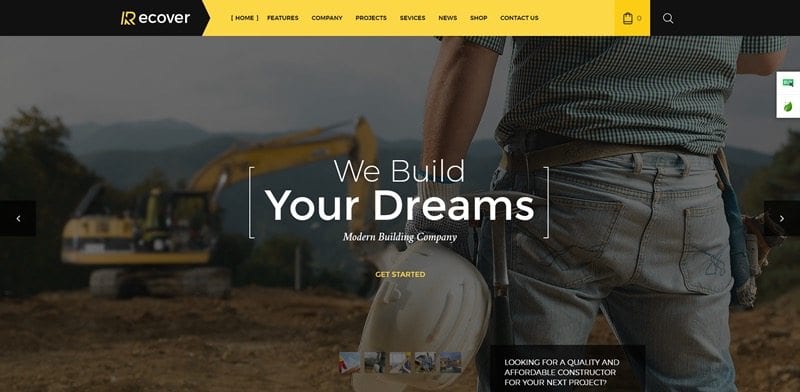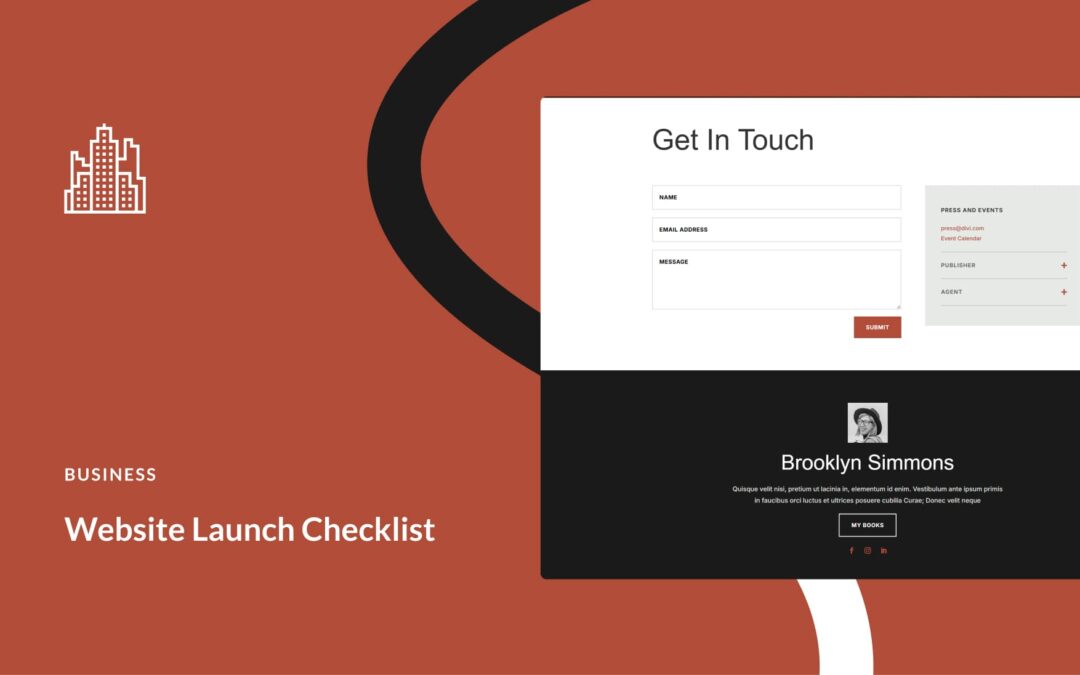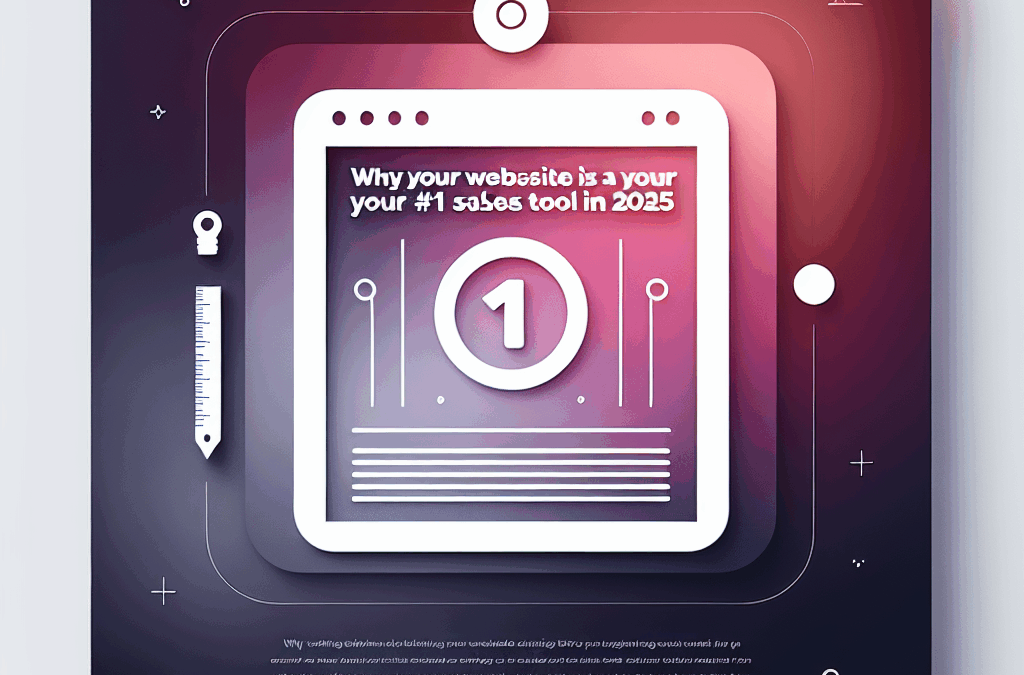In this article, we cover five things all successful website design has in common and how you can implement these design elements into your website.
As Leo Tolstoy said in the book Anna Karenina:
“All happy families are alike; each unhappy family is unhappy in its way.”
This is also true when it comes to successfully designing your website.
All successful websites have five key things in common, while all unsuccessful websites fail in unique ways.
What follows is a look at the key traits that all successful website designs have in common:
Minimal Design
If you take a look at some of the most beautifully designed and well-trafficked websites on the web you will begin to see some common traits when it comes to their design.
Well-designed websites tend to have less going on. They tend to have what I like to call Minimal Design. Here are some shared characteristics of Minimal Design:
Font Styles
2-3 font styles total.
Font Sizes
3-5 font sizes total.
Colors
3-4 colors total.
Alignment
1-2 types of alignment total.
What’s interesting when it comes to good design is that there is typically less going on.
Ugly looking websites tend to have more fonts, more sizes, more colors and more alignments than a professionally designed website.
Well Organized – (Scannable)
At the end of the day what’s important in a website is the organization and display of content. When thinking of a successful website design, most people focus on the display aspect and not on its organization.
The challenge most designers face is identifying the various user types coming to the site and the needs they are trying to fill then structuring the content around those needs and displaying the content in a highly visual and scannable way so that people can quickly identify the content they are searching for.
All successful websites have a clear easy to understand sitemap that is no more than three layers deep.
The content on the page is easy to scan and allows users to navigate to key content with a minimal number of clicks.
Designed for Conversion
All successful websites seek to find alignment between meeting the needs of the visitor and meeting the needs of the business. For a website to be successful, it needs to do both.
In the previous section, we discussed the organization of a website, which fulfills the need of the visitor; conversion is how the website can profitably monetize that visitor.
A website designed for conversion takes visitors down a clear path to success. It then identifies the needs of the visitor and gives them a clear next step for them to take.
Some websites that fail to convert are muddled. They lack clarity and focus and confuse visitors rather than help them.
Successful Website Design for Mobile
Nowadays if your website isn’t designed for mobile, it isn’t designed for 20-50% of all people potentially visiting your website.
Mobile design goes beyond adjusting the CSS of your site; it involves adjusting your perception of how the needs of the user shift when they are on their mobile device and to make sure that the design, layout and information architecture of the site speak to people when they are in the mode of browsing a site on mobile.
Mobile-design also takes into account the continued decline in attention people have when visiting a website and to make the most relevant items first and foremost in its website design.
Fast Load Time
Successful website design is invisible. When a visitor goes to a great website they aren’t thinking about the site itself. Instead, they are immersed and engaged with the experience the site is creating for them.
When a website takes a long time to load it instantly takes visitors out of their experience with the content and makes them aware of the site itself.
In fact, load time is such a crucial aspect of user experience that Google factors in website load time as part of its search rankings.
Of the top 10 most trafficked websites on the web, all but one of them have a load time of under 2 seconds. (Get to work Yahoo!)
Conclusion
So there you have it, five things that all successful websites have in common. This number could be expanded, but these are the big items. As you can see, none of these is earth shattering, but when it comes to good website design, mastery of the basics is key.
One of my favorite quotes is from Jim Rohn who says: “To be successful you don’t need to do extraordinary things. You just need to do ordinary things, extraordinarily well.”
That’s how I feel about website design.
Want to see how we can implement these design fundamentals into your next website design? Read below to learn more about our Free Mockup Offer and how you can see your next website design before signing or paying anything.
Web Design















